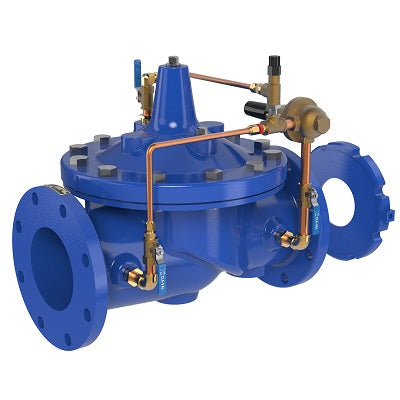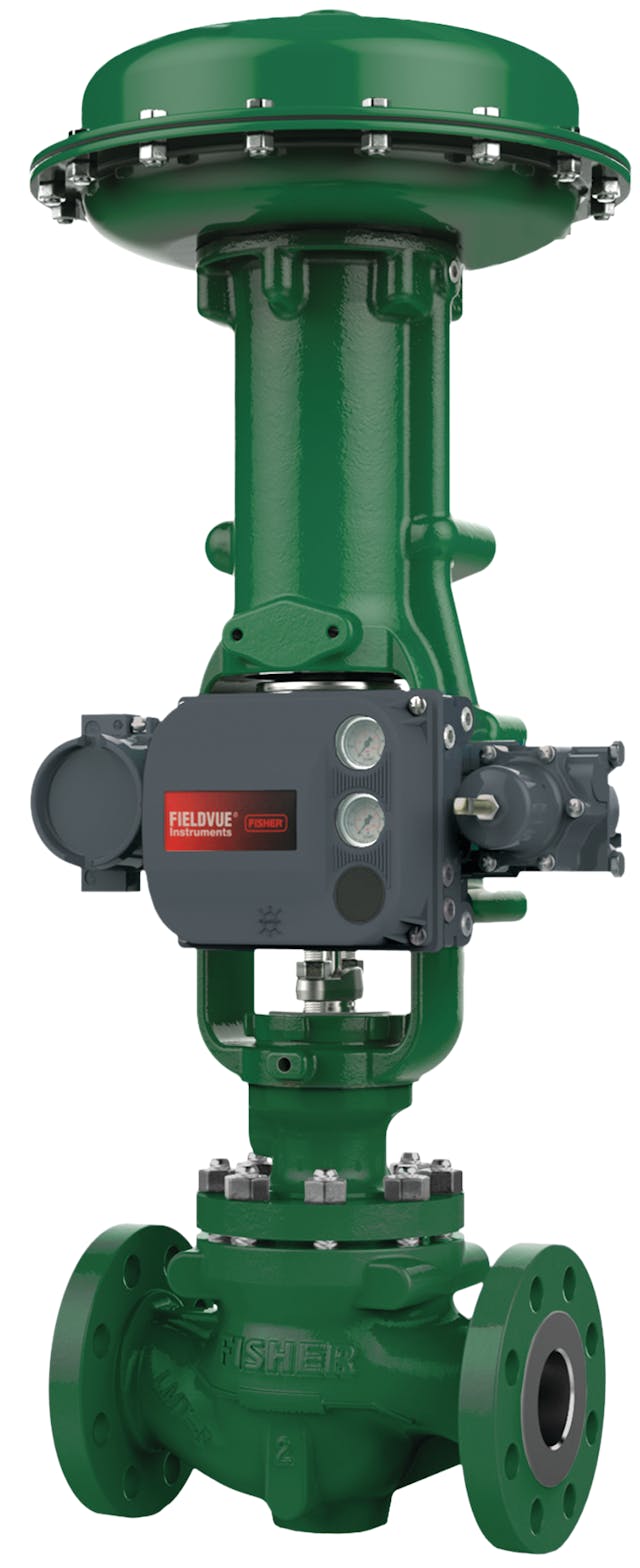Choosing the Right Control Valves: An Overview to Optimum System Efficiency
Choosing the Right Control Valves: An Overview to Optimum System Efficiency
Blog Article

Maximize Energy Savings and Convenience With Advanced Structure Automation Controls
In the realm of contemporary design and center monitoring, the combination of advanced building automation regulates stands as a critical innovation. The merging of technology and sustainability has actually birthed a new age where energy performance, convenience optimization, and functional streamlining are no much longer attainable facts yet far-off desires. By taking advantage of the power of automation, buildings can adjust, respond, and evolve in means that were as soon as unbelievable. The possibility for significant power financial savings and improved convenience is not simply a pledge but an opportunity waiting to be satisfied. This standard change in building management holds the crucial to unlocking a world where environmental conscientiousness and resident well-being harmoniously exist side-by-side within the walls of our frameworks.
Energy Effectiveness Benefits
Power efficiency advantages can substantially lower energy consumption and operational expenses in buildings. Energy-efficient systems, such as advanced structure automation controls, can enhance the usage of sources like air conditioning, lights, and heating, leading to lower power expenditures over time.
Furthermore, improved energy effectiveness can lengthen the life-span of building tools and systems. By running extra effectively, a/c systems, light, and other building elements experience much less wear and tear, causing minimized upkeep and substitute expenses. In addition, energy-efficient structures frequently regulate higher property values and rental prices, offering long-term economic benefits to proprietors.
Additionally, energy effectiveness can enhance owner comfort and productivity. Appropriately managed interior atmospheres with optimum lights and thermal conditions develop a more pleasurable and favorable workspace, bring about enhanced staff member complete satisfaction and performance. In general, the energy performance benefits related to sophisticated structure automation controls are complex, including cost financial savings, environmental stewardship, and resident well-being.
Enhanced Convenience Control
Enhancing comfort control in building environments needs an advanced assimilation of advanced automation systems for optimal passenger health. By utilizing advanced building automation controls, centers can tailor the interior setting to satisfy the details needs and choices of residents. These systems allow specific guideline of temperature level, lights, and ventilation, creating a comfortable and productive ambience. Resident satisfaction and productivity are very closely connected to thermal comfort, making it vital to have systems in place that can adapt to altering conditions in real-time.
By including these advanced controls, buildings can not just boost comfort however also improve energy effectiveness by optimizing system procedures based on actual occupancy and use patterns. Ultimately, focusing on occupant convenience through advanced automation systems leads to an extra pleasurable and much healthier indoor atmosphere.
Functional Performance Improvements

Additionally, the implementation of real-time tracking and analytics devices makes it possible for building operators to determine energy inefficiencies and operational abnormalities immediately. By continually monitoring energy use patterns and system efficiency metrics, changes can be made in real-time to optimize power usage and guarantee peak operational effectiveness. control valves. In addition, including need feedback methods into building automation controls can additionally enhance operational efficiency by dynamically changing energy usage based upon grid problems and prices signals
Indoor Climate Optimization
Efficient indoor environment optimization is a basic facet of building automation controls, making certain residents' convenience and well-being while optimizing power financial savings. By utilizing advanced sensing units and controls, constructing automation systems can constantly check and change temperature, humidity levels, air high quality, and air flow to create an optimum interior setting. Keeping comfortable and regular problems not just boosts occupant satisfaction however likewise improves efficiency and total health.
Indoor environment optimization additionally plays an important duty in power performance. By fine-tuning cooling, home heating, and ventilation systems based on real-time data and occupancy patterns, developing automation controls can considerably reduce energy usage - control valves. For circumstances, carrying out approaches such as demand-controlled air flow and thermal zoning can aid lessen energy waste while guaranteeing that each area of the structure obtains the essential conditioning.

Lasting Environment Production
Structure automation regulates not just enhance indoor climate conditions for energy effectiveness and owner convenience yet likewise lay the structure for producing a lasting setting through strategic administration of resources and systems. By incorporating sophisticated structure automation innovations, such as sensing units, actuators, and intelligent software application, centers can adjust and keep an eye on power usage in real-time to reduce waste and reduce their carbon footprint. These systems enable anticipating maintenance, identifying possible concerns before they escalate and optimizing equipment performance to improve long life and efficiency.
In addition, lasting setting development prolongs past energy monitoring to incorporate water conservation, waste browse around here reduction, and indoor air top quality improvement. Building automation controls can regulate water use, find leakages, and ensure correct waste disposal methods, contributing to general sustainability efforts. Furthermore, by regulating and keeping an eye on air flow and filtering systems, these innovations improve occupant visit homepage health and productivity while decreasing power intake connected with a/c procedures.
Verdict
Finally, advanced building automation manages deal considerable advantages in terms of energy savings, comfort control, operational performance, interior environment optimization, and creating a lasting environment. By executing these controls, buildings can accomplish ideal performance while reducing energy intake and enhancing resident comfort. It is evident that using innovative automation modern technology is important in boosting structure performance and creating an extra lasting future.
Energy efficiency benefits can significantly reduce power usage and operational expenses in buildings. In general, the energy effectiveness advantages connected with advanced structure automation controls are multifaceted, including price financial savings, environmental stewardship, and resident well-being.
Furthermore, incorporating need reaction methods right into building automation controls can additionally improve functional efficiency by dynamically readjusting energy use based on grid problems and rates signals.
Building automation manages not only enhance indoor climate problems for power efficiency and owner convenience but also lay the foundation for creating a sustainable atmosphere through critical monitoring of resources and systems.In verdict, advanced structure automation controls deal considerable benefits in terms of energy savings, convenience control, operational performance, interior environment optimization, and producing a sustainable setting.
Report this page